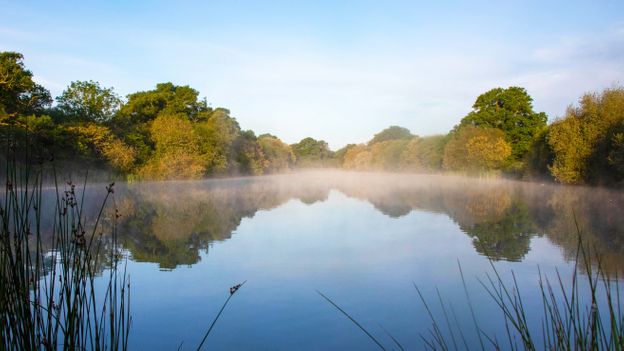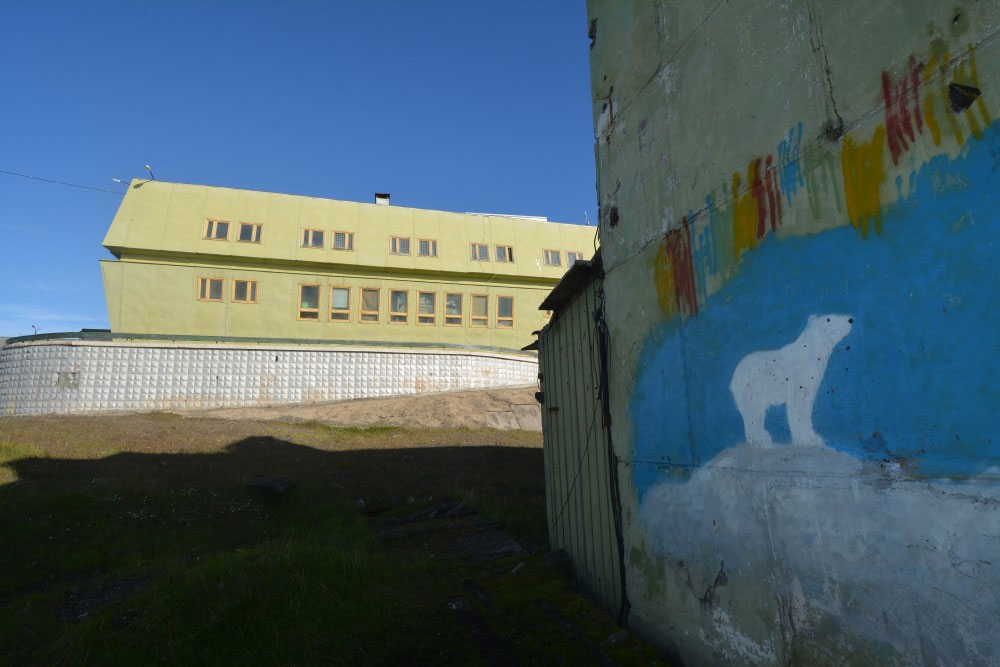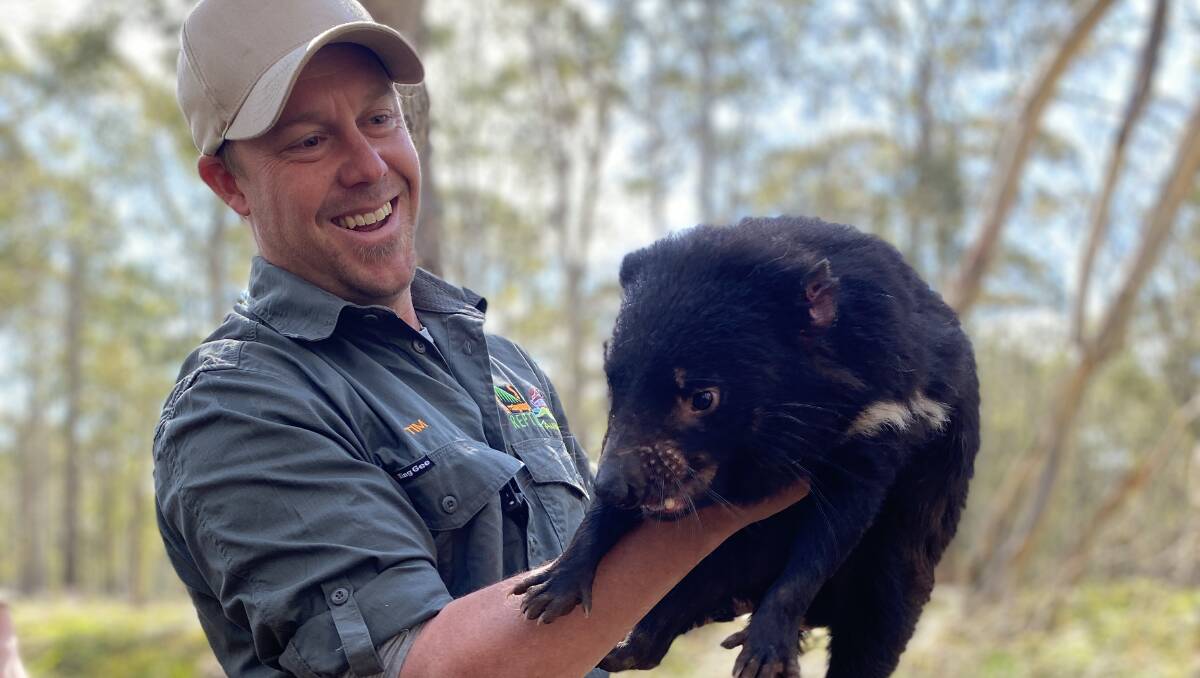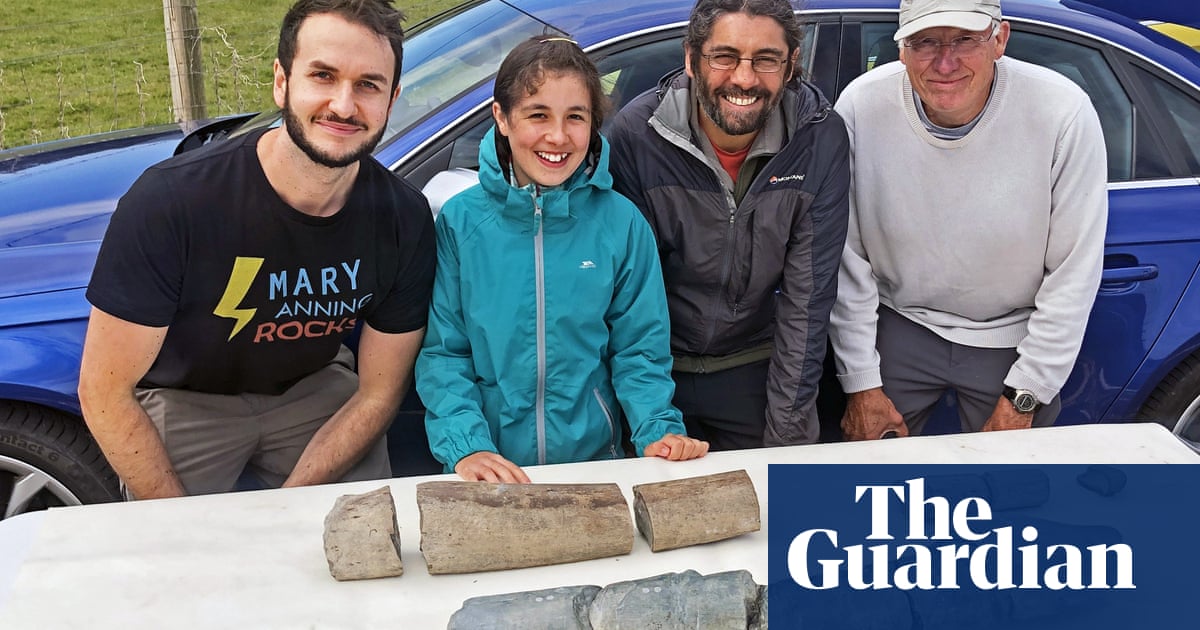
The reason wild forests beat plantations - BBC Future
At a former intensive dairy farm in Sussex, England, oak trees now tower up to 20 feet tall (6 metres), sucking in carbon from the atmosphere, providing habitat for birds, mammals and insects, purifying air and water, and protecting land from flooding. Alder, hornbeam, ash and birch trees are also thriving.
Twenty years ago, these trees weren't here at all. The transformation is the kind of story that many countries are aiming for with large-scale tree planting programmes, from India to the US to Ethiopia. But they might be surprised to learn of the secret to this farm's success – none of these trees were "planted" here at all.
Instead, the trees at Knepp Castle Estate in southern England were allowed to spread naturally. Birds such as jays can disperse as many as 7,500 acorns in four weeks. "Not a single tree was planted, no saplings were bought from commercial nurseries, no tanalised wooden stakes, no polypropylene tubes and plastic ties, no direct financial or carbon costs – no effort," says Isabella Tree, co-owner of Knepp Castle Estate.
The trees' growth was aided by thorny scrub that had also been allowed to grow at the farm, which acts as "nature's barbed wire", protecting the saplings from nibbling deer and the estate's free-roaming cattle and ponies.
Leave a Comment
Related Posts

The looming Arctic collapse: more than 40% of north Russian buildings are starting to crumble
Comment























